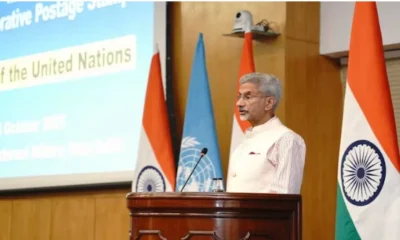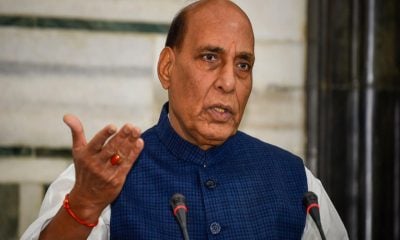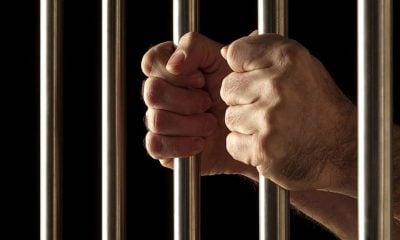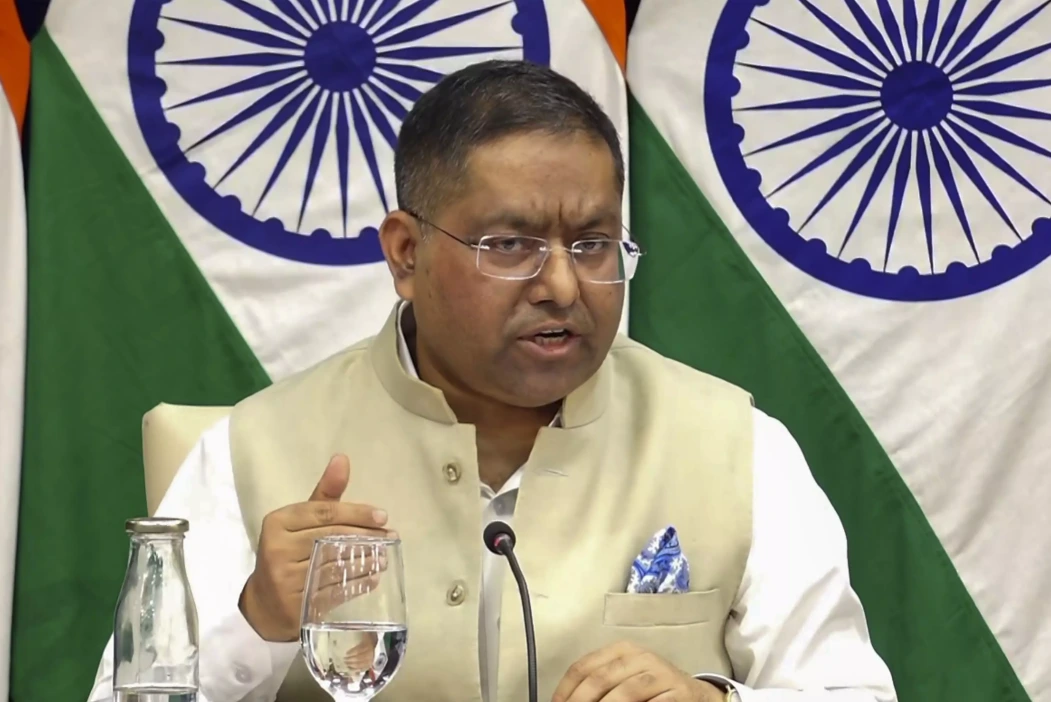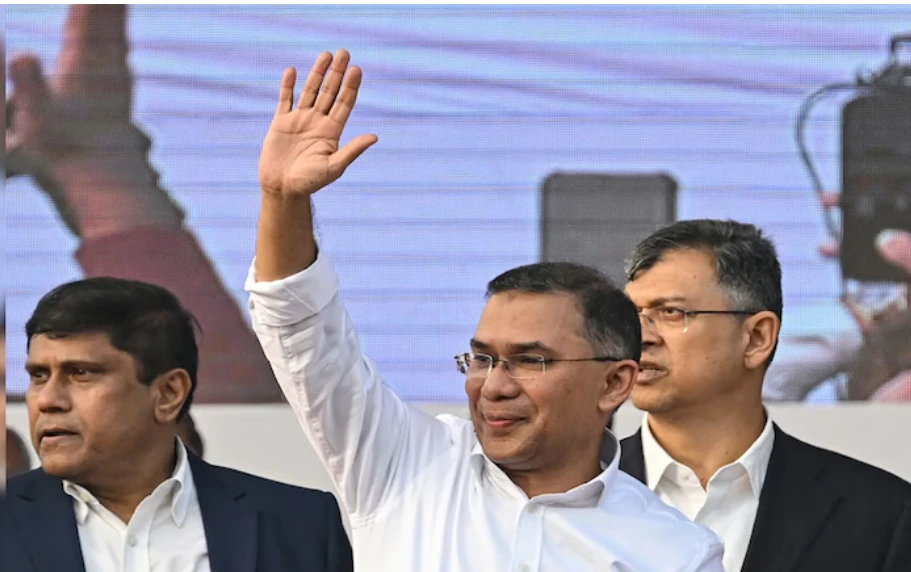India has expressed strong concern over a series of violent incidents targeting members of minority communities in Bangladesh, following the lynching of two Hindu men in separate incidents. The Ministry of External Affairs said such attacks are “worrisome” and cannot be ignored, stressing that those responsible must be held accountable.
Speaking on Friday, External Affairs Ministry spokesperson Randhir Jaiswal said New Delhi has taken serious note of the developments across the border and is closely monitoring the law and order situation. He underlined that continued violence against minorities, including Hindus, Christians and Buddhists, remains a matter of grave concern for India.
“The unremitting hostility against minorities in Bangladesh at the hands of extremists is deeply troubling,” Jaiswal said, while condemning the recent killing of a Hindu youth in Mymensingh. He added that incidents of violence cannot be dismissed as exaggeration and expressed hope that perpetrators would be identified and punished.
According to the ministry, over 2,900 incidents of violence against minorities — including killings, arson and land-related crimes — have been documented by independent sources during the tenure of Bangladesh’s interim government. These developments, India said, cannot be brushed aside.
Rajbari killing under investigation
The latest incident took place on Wednesday in Pangsha upazila of Rajbari district, around 145 km west of Dhaka. As per police accounts quoted by media, the victim, identified as Amrit Mondal, was beaten to death by local residents following allegations of extortion.
Police said Mondal was suspected of leading a criminal gang and had allegedly attempted to extort money from a local resident along with his associates. Locals confronted the group and assaulted Mondal, leaving him critically injured. He was later taken to a hospital, where doctors declared him dead in the early hours of the morning.
Mondal’s body was sent to Rajbari Sadar Hospital for post-mortem examination. While most of his alleged associates fled, police said one person was arrested and firearms were recovered. Investigators also noted that Mondal had multiple criminal cases registered against him, including a murder case.
Lynching in Mymensingh sparks outrage
The Rajbari incident came days after another Hindu man was lynched in Mymensingh, triggering widespread outrage. The victim, identified as Dipu Das, also referred to as Dipu Chandra Das, was a factory worker in the city, located about 112 km north of Dhaka.
According to police and local reports, Das was attacked by a mob over allegations of blasphemy. He was first beaten outside a factory and later hanged from a tree. After the killing, his body was left along the Dhaka-Mymensingh highway and set on fire, leading to traffic disruption. Videos of the incident circulated widely on social media, fuelling anger and concern.
Interim government responds
Bangladesh’s interim government, led by Chief Adviser Muhammad Yunus, condemned the killing and said it does not support illegal activities, mob violence or mass beatings. At the same time, it maintained that the Rajbari incident was not communal in nature, describing it as a violent episode linked to alleged extortion and criminal activities. The administration said legal action would be taken against all those directly or indirectly involved.
India, however, reiterated that violence against minorities is a serious issue and called for effective action to ensure justice and safety for vulnerable communities.


 India News12 hours ago
India News12 hours ago
 India News11 hours ago
India News11 hours ago
 India News11 hours ago
India News11 hours ago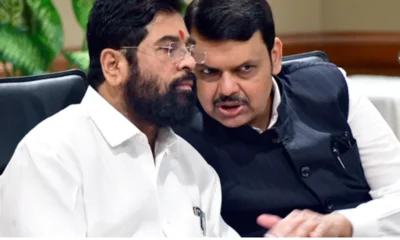
 India News8 hours ago
India News8 hours ago
 India News11 hours ago
India News11 hours ago




